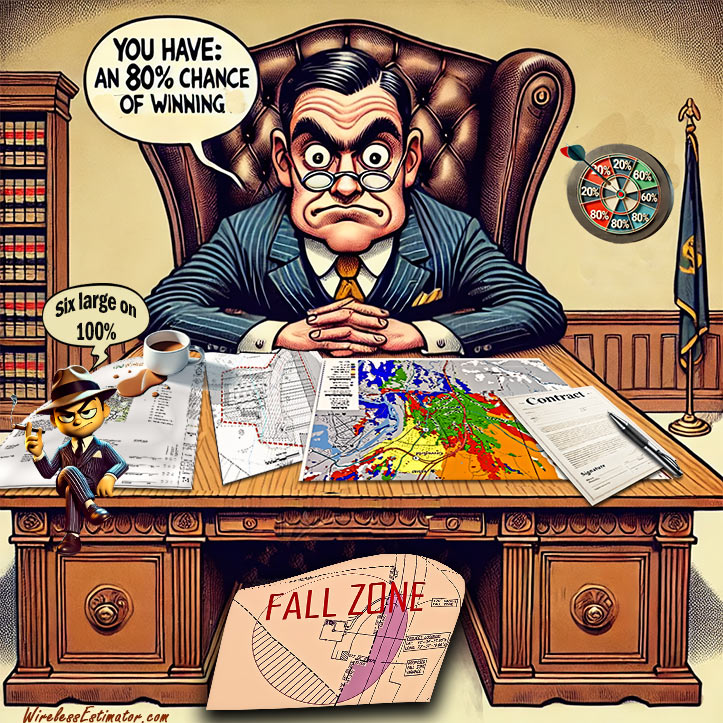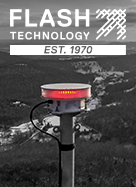
EIGHTY PERCENT AND RISING – When residents of Greenfield, MA hired attorney Andrew Campanelli to represent them to have their Zoning Board of Appeals deny an AT&T monopole, he gave them an 80% chance of winning. Campanelli identified at a recent hearing that the current coverage maps contain no drive test data, and without real-world data, the application should be denied.
The ongoing debate over a proposed 170-foot cell tower near 112 Newton St. in Greenfield, MA, took a new turn late last month, as the Zoning Board of Appeals (ZBA) extended the hearing following a contentious two-hour presentation by Viridi Wireless and AT&T representatives. At the heart of the dispute are the coverage maps presented by the applicants, which have been sharply criticized by residents and their attorney, Andrew Campanelli, as misleading and incomplete.
The proposal, which seeks a variance and special permit, aims to address what AT&T describes as a significant gap in cellular service along Interstate 91. Michael Rosen, an attorney representing Viridi Wireless, emphasized that AT&T’s designation as the carrier for FirstNet—the federal First Responder Network Authority—necessitates the construction of the tower to enhance emergency communications. Ed Perry, an attorney representing AT&T, argued that the nearest AT&T facilities are 1.5 and 3.3 miles away, leaving a critical void in coverage.
However, the accuracy of the coverage maps has ignited the most heated exchanges. Andrew Campanelli, a nationally recognized expert in cell tower placements and telecommunications law, challenged the validity of the maps, labeling them as “misinformation” that would fail as evidence in court. He argued that the maps, which depict various alternative sites, lack the necessary driving test data—an objective method involving a recording device to measure actual coverage across the city. “This map proves absolutely nothing,” Campanelli asserted, urging the board to demand real-world data before making any decisions.
Campanelli’s involvement comes amid a broader community effort to oppose the tower. Last November, residents launched a GoFundMe campaign to raise funds for legal representation, citing concerns over property values, community aesthetics, health risks, and safety near local schools and neighborhoods. In their appeal for support, residents disclosed that they had consulted a “nationally renowned attorney” who assessed their chances of stopping the tower at 80%—a figure that could be even higher if the applicant’s maps are proven inaccurate.
The maps came under further scrutiny when ZBA member Debra Gilkes pointed out that an alternative site near the Hampton Inn on Shelburne Road appeared to offer broader coverage than the proposed Newton St. location. In response, AT&T’s Perry claimed that the Hampton Inn site, while promising, would not accommodate a 170-foot monopole, potentially leaving areas south of Wisdom Way without coverage. According to the Greenfield Recorder, Perry also warned that reducing the tower’s height at the Newton St. site would significantly decrease coverage—by 13% for a 146-foot tower and 28% for a 126-foot tower.
Despite these justifications, Campanelli’s critique has resonated with many residents who view the maps as a smokescreen to push the project through. He urged the ZBA to hold the applicants accountable for providing empirical data rather than accepting theoretical models. The board has extended the period for public comment until April 9, setting the stage for a prolonged battle over the future of cellular infrastructure in Greenfield.
As the debate continues, NIMBYism has taken a back seat to more technical arguments about the legitimacy of the evidence provided by the applicants. For now, it remains to be seen whether the maps presented by AT&T and Viridi Wireless can withstand the scrutiny of experts and residents alike—or if Campanelli’s push for transparency will sway the ZBA’s final decision.















